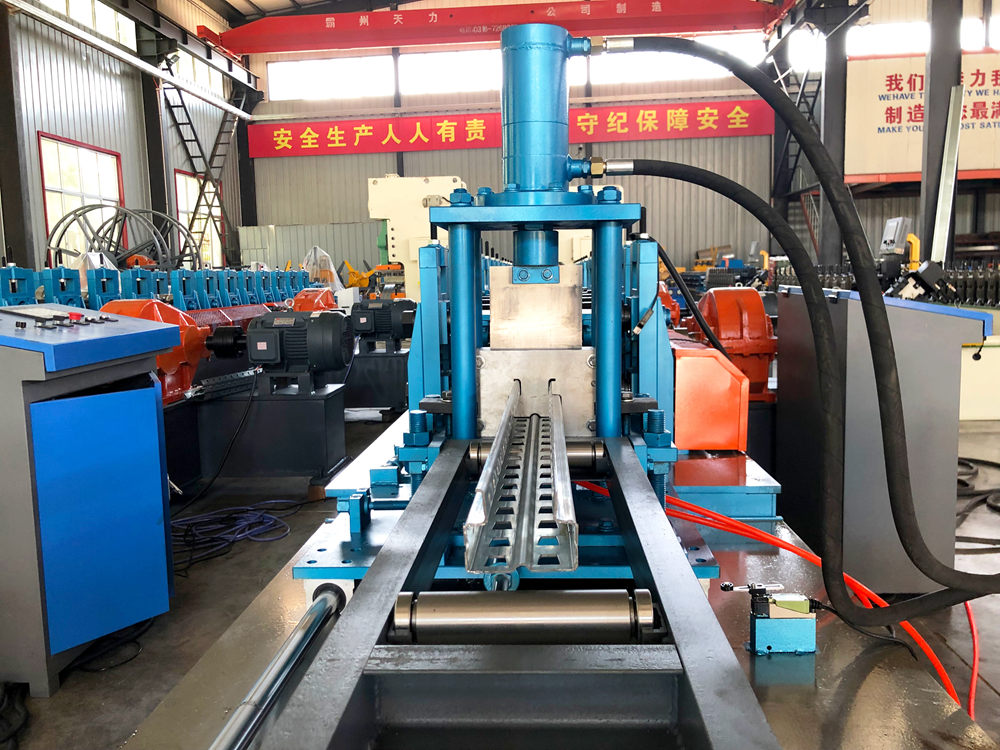
Metal Cut to Length An Overview
Metal cutting is an essential process in various industries, ranging from automotive and aerospace to construction and manufacturing. The term cut to length specifically refers to the process of cutting metal sheets or strips into predetermined lengths, which then allows for the further fabrication and application of these materials. This article will delve into the significance of metal cut to length, its processes, benefits, and its impact on different industries.
Understanding the Cut to Length Process
The cut to length process involves several steps, beginning with the selection of raw metal materials, such as steel, aluminum, or copper sheets. Manufacturers usually procure these materials in coils or large sheets. The primary equipment used in the cut to length process includes hydraulic shears, laser cutting machines, or plasma cutting tools. Each method has its advantages, depending on the type of metal being processed and the thickness required.
Once the metal is acquired, it is uncoiled (if applicable) and fed into the cutting machine where it is precisely measured and cut to the desired length. This process may involve additional treatments, such as deburring, which removes sharp edges, or coating for corrosion resistance. The final product is then either packed for delivery or moved directly to subsequent manufacturing processes.
Advantages of Metal Cut to Length
1. Precision and Accuracy One of the primary advantages of cut to length processes is the precision with which parts can be produced. Advanced technologies like laser and plasma cutting ensure that each piece meets tight tolerances, which is crucial in industries where even a small error can lead to serious problems.
2. Reduced Waste By cutting metal to specific lengths based on requirements, companies can reduce material waste significantly. This not only lowers production costs but also aligns with more sustainable practices, which is increasingly important in today’s environmentally-conscious society.
3. Customization The cut to length process allows for highly customized solutions. Industries often have unique specifications for projects, and being able to specify exact lengths for metal components plays a crucial role in meeting those needs.
4. Streamlined Operations Cutting metal to length prior to further processing helps streamline production. Components that are ready to use can be more efficiently integrated into assembly processes, reducing overall lead times and enhancing productivity.

5. Compatibility Cut to length metal sheets can be used across a variety of applications, including structural components, automotive parts, and more. This versatility means that businesses can utilize a single supplier for a range of products, ensuring consistency in quality and service.
Applications in Various Industries
The cut to length process is utilized in numerous sectors
- Automotive In automotive production, precision-cut metal is essential for components ranging from frames to body panels. The ability to produce exact lengths helps ensure that parts fit together seamlessly, enhancing safety and performance.
- Aerospace The aerospace industry demands the highest level of precision due to strict safety regulations. Cut to length metal is vital for producing aircraft components that must withstand extreme conditions while maintaining structural integrity.
- Construction In the construction industry, cut to length materials are used in steel framing, roofing, and other structural applications. The precision of cut pieces ensures that they fit well together and help maintain the overall strength of the building.
- Manufacturing In general manufacturing, many products require metal parts cut to specific dimensions. This specificity allows for versatile applications in machines, tools, and various consumer goods.
Conclusion
Metal cut to length is a vital process that contributes significantly to the efficiency, economy, and accuracy of metal usage across various industries. Its advantages, including precision, waste reduction, and customization, underscore its importance in modern manufacturing. As technology continues to evolve, we can expect innovations in cutting technologies to further enhance the effectiveness of the cut to length process, providing even more value to industries reliant on metal components. Whether in the automotive, aerospace, construction, or manufacturing fields, the application of cut to length metal will remain a cornerstone of efficient production practices.